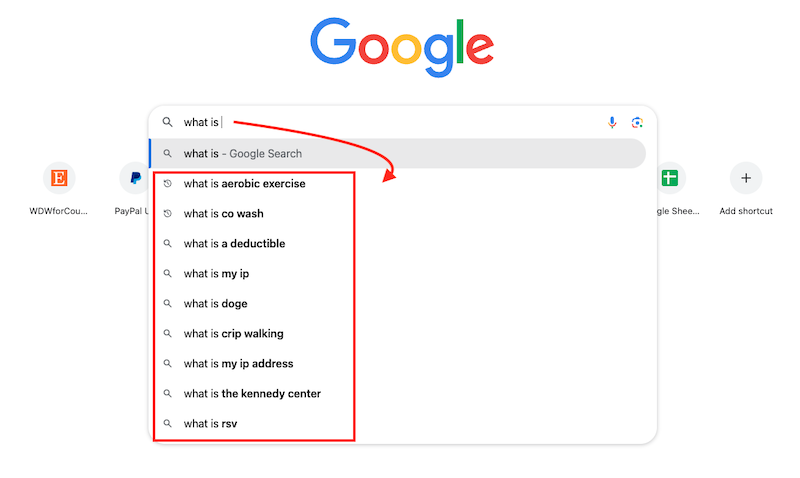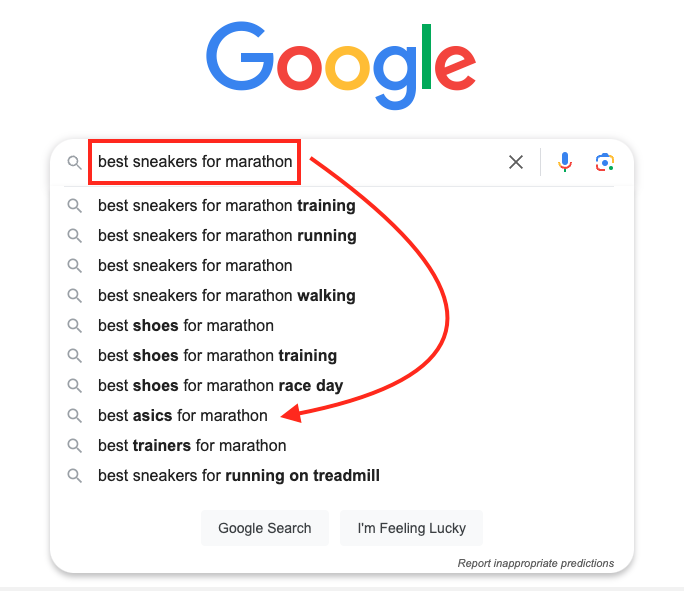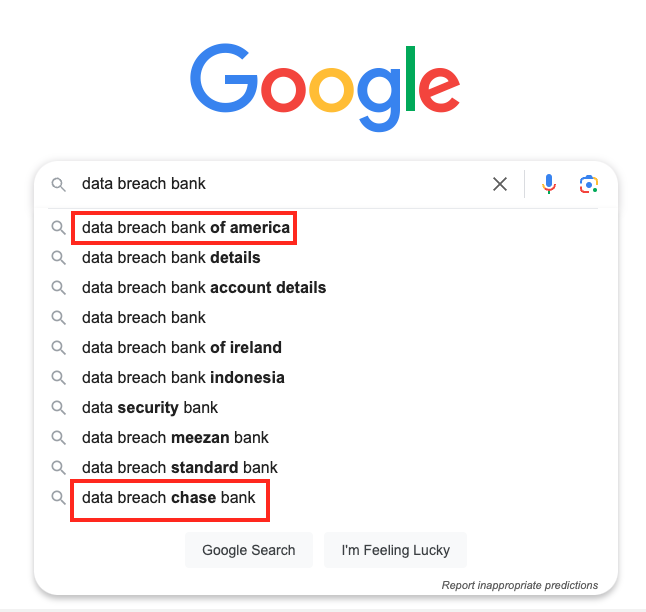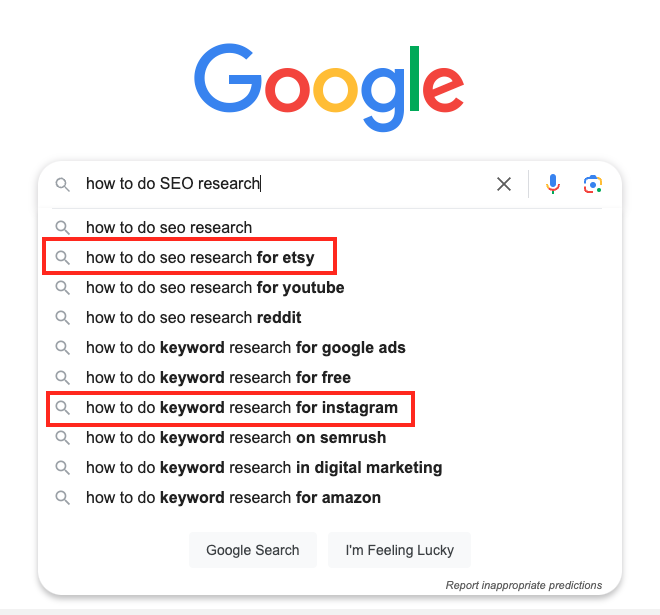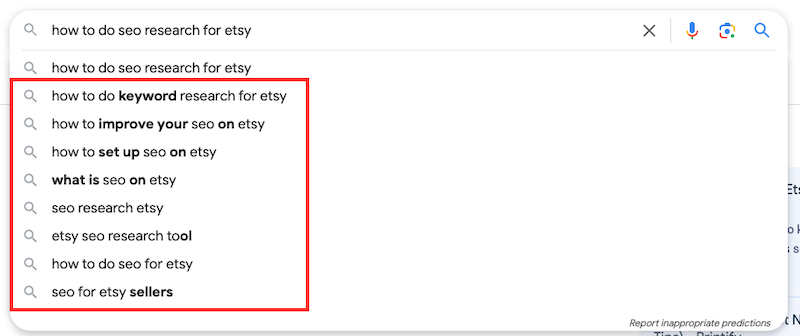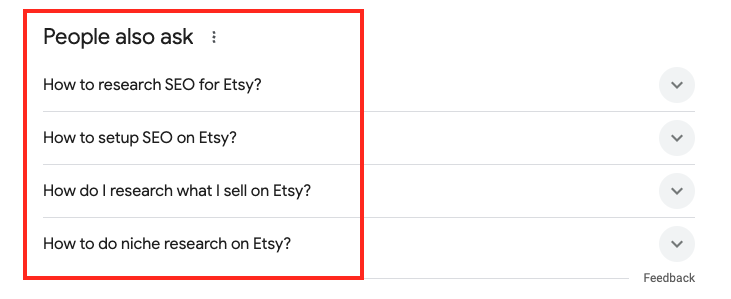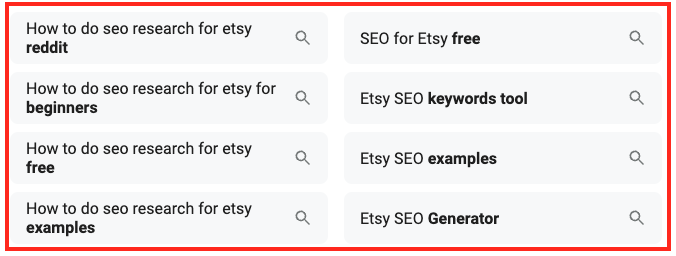Are you wondering if you should remove online court records? Read on to learn about taking control of your online reputation.
Today, so many people head to the internet to research others. If your online court records are available via a basic Google search, they could have a serious impact on your personal life or professional goals.
Far too often, official court records don’t actually tell the whole story — and sometimes, they’re completely misleading, like if another person’s criminal history gets mixed up with your online data because you share the same name.
Even if you did commit the offense, there’s no reason why a minor blip in your past should impact your entire future.
Also, there are many instances when online information is incorrect. For example, maybe your legal matter has been expunged, but the info is still showing up online, even though it shouldn’t be available to the public any longer.
Unfortunately, the person trying to find information about you won’t take the time to vet all the data they come across. What they see is what they’ll believe, whether or not it’s factual.
In this article, we’ll discuss the impact of having your court records online, and we’ll also offer suggestions for improving your online presence.
At Erase Mugshots, our mugshot removal services will remove your criminal records and other online data fast. Contact us today at 866-601-6803 to learn more.
Online Court Records: What Are They?

The term “online court records” refers to any legal documents that are accessible to the public, often through Google Search results. These court records may include:
- Arrest records
- Civil records
- Criminal conviction information
- Criminal records
- Other types of official records from court proceedings
These types of public records can be found on data broker sites, government websites, and people search sites, including mugshot sites. Sites that post mugshots get a lot of traffic, and they constantly search for and scrape court record data from online sources to add booking photos to their databases.
Most of the time, your court documents are public due to transparency laws. However, that can wreak havoc in your personal or professional life and ruin your digital reputation.
Our mugshot removal experts analyze search engine results to find and remove your records from Google and other online sources. Call us at 866-601-6803 for more information.
5 Reasons To Remove Public Court Records From the Internet
- Employment and Housing: When a potential employer, landlord or mortgage lender conducts a background check, they’ll find public court records, which can cause you to miss out on the opportunity, regardless of the outcome. Even a civil case or a dispute that was dismissed can be misinterpreted and determine what happens next.
- Finances: Your civil or criminal records can give the impression that you’re unstable or unreliable. This can impact your ability to get credit or take out a loan.
- Personal Privacy: Public records often include a vast amount of information, including your address, birthdate and financial info. This can lead to online criminal activity, like having your identity stolen, or real-life harassment or stalking.
- Social Life: It’s common for people to Google someone they meet on a dating site or a person they quickly meet in public. If your criminal court records show up online, the person won’t have a great impression of you, and they may think twice before contacting you again.
- Well-Being: Knowing that your public records are available for anyone to see can create stress or embarrassment. Removing them can improve your quality of life by giving you peace of mind.
Removing Court Records From Google Search Results

Have you searched for your name online and come across public court records? You may be wondering if you can remove your private information from government sites, third-party websites, or web search results.
In certain cases, it’s possible to have your court records removed from public government databases, like if your records were sealed or expunged. But if you’re not able to remove court records from the original source, you still have an option: content suppression.
The Legal Process to Remove Court Records
There are two options for removing your online court records through the legal system: sealing and expungement.
In order to be considered for record sealing or expungement, you’ll need to petition the court by following the procedures for your specific jurisdiction. Consider hiring a legal professional to handle the process for you and ensure the best outcome possible.
Sealing Your Court Records
By having your court records sealed, they will no longer be accessible to the general public. While your information may still be posted on data broker sites, you can contact the site managers and show them your proof that the information has been sealed. This will require them to remove your court records from their database.
However, note that while the record will be hidden from public view, it still technically exists. Courts and law enforcement entities will be able to access it. It’s unlikely to show up if someone runs a background check, though, so it shouldn’t impact your personal or professional life moving forward.
Expunging Your Court Records
Like sealing, expungement is a court-ordered legal process that removes your record from public access. While it’s possible for courts, government agencies and law enforcement to still access your records if necessary, otherwise, they’re basically non-existent. You can even lawfully answer “no” on a document if asked about prior convictions.
Again, like with having your records sealed, you can show proof of expungement to online sources that have posted your mugshot and other records to have the information removed.
How To Remove Online Court Records Yourself

Whether or not you qualify for having your records sealed or expunged, you’ll have to contact third-party websites yourself to request the removal of your documents. You’ll also have to submit removal requests to Google to have the information no longer available in search results.
When those strategies don’t work — or as you’re waiting for your requests to be approved — content suppression can be used to start replacing a negative online reputation with a positive one.
We work on behalf of our clients to remove public records and sensitive information from the internet. Give us a call at 866-601-6803 to learn more.
Submitting Removal Requests to Websites and Google
Your first step is to find the websites where your private information exists. Save the links to a spreadsheet, along with contact information for getting in touch with the site. Alternatively, if the site has an opt-out process, include a link to the instructions.
Next, contact the website to request that they remove your information. Either email them directly or follow the removal process. Provide a compelling reason for asking that they take down your info. If you have a court order for sealing or expungement, provide that.
Check the website in 2-4 weeks to see if your information has been removed. If it hasn’t, contact the site to find out why your data is still accessible.
After that, you can contact Google to have your court records removed from web search results. Since there are a number of ways to request that Google remove your information, follow the guidelines that most closely pertain to you.
Suppress Court Records Using SEO Strategies
As mentioned, you can also suppress court records with savvy content and SEO strategies.
If you’re not able to have your information taken down from online sources and your records are still showing up in Google search results, your next option is to suppress those results. Online reputation management firms use a variety of suppression tactics, such as:
- Optimizing articles, social media profiles and websites to rank highly for neutral and positive keywords
- Submitting guest posts to websites with high traffic and authority
- Creating backlinks from assets that you own to neutral and positive content
Do you need help removing your public records from search results? Get a free mugshot removal analysis.
Get Help From Online Reputation Management Specialists

When court records show up in search results, they can damage your personal or professional reputation before the user has any context for what actually happened. Potential employers, landlords, and friends you meet online will make a snap judgment about you based on what turns up on search engines.
While there are a number of DIY strategies you can try to remove court records on your own, it’s always best to work with one of the top online reputation management firms.
The process to remove public records from online sources, including public government databases, third-party mugshot sites, and Google Search results, is a long and frustrating one. By working with an ORM company to remove personal information, you have a better chance of getting sites to cooperate with your requests.
Moreover, removing your public court records from the internet is only one step toward repairing your digital reputation. Taking control of your public information involves monitoring search engines for new mentions of your name, consistently posting positive content that ranks highly, and opting out of data broker sites as soon as your information shows up again.
Contact Erase Mugshots Today
At EraseMugshots.com, we offer removal services to get rid of negative information and help you rebuild your digital reputation. We work on your behalf to remove arrest records, mugshots and police reports online.
Contact us at 866-601-6803 to learn more and start repairing your online reputation today.
